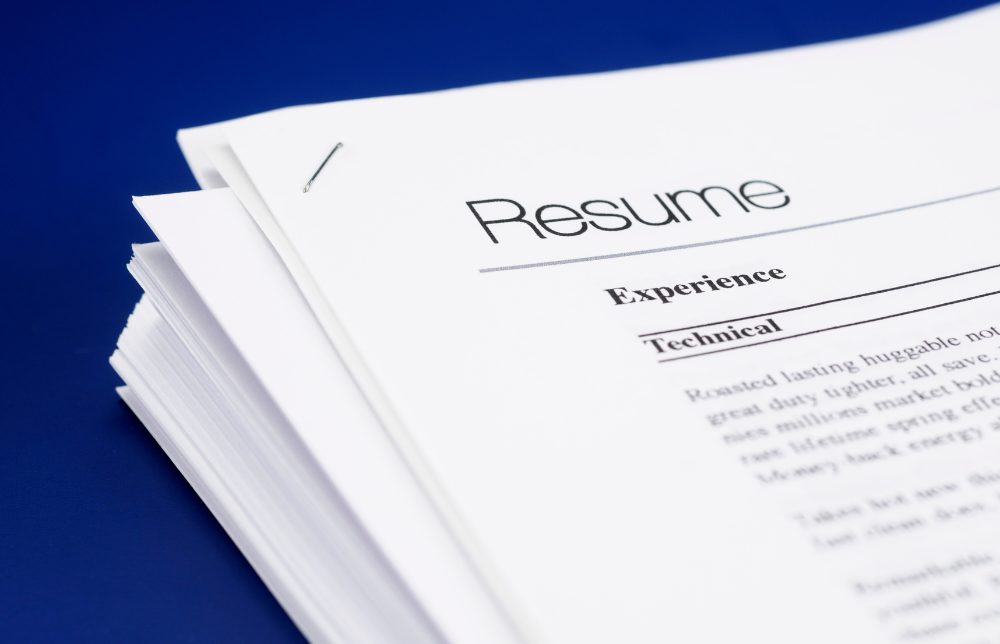How to Implement Successful Employee Wellness Programs
The events of the last 12 months and the current state of COVID-19 limbo have pushed employee wellbeing up the HR agenda. And for good reason. At the height of ...

The events of the last 12 months and the current state of COVID-19 limbo have pushed employee wellbeing up the HR agenda.
And for good reason. At the height of the pandemic and even now – when looking at certain parts of Australia – prolonged uncertainty has caused many employees to experience isolation, anxiety, stress and burnout. The latter feeling has in some cases been caused by the blurring of lines between work and home life in times of remote work.
Indeed, the feeling of ‘languishing’ – that is, not feeling ‘bad’ per se, but just getting by – is now widely accepted as the dominant mood of 2021.[1] And until a semblance of normality resumes across the world, this collective feeling of ‘blah’ is likely to endure for some time.
Thankfully, according to ELMO’s 2021 HR Industry Benchmark Survey which surveyed over 1,200 HR professionals across Australia and New Zealand, ‘managing employee wellness’ ranked in third place in a list of skills HR professionals were planning to develop over the next 12 months. Over a third (34%) of respondents said budgets for employee wellness initiatives had increased from the previous year.
That employee wellbeing is now such a high priority during what continues to be a trying time for employees is encouraging. While these programs are just a piece of the puzzle when it comes to building happy, healthy and productive workforces, research shows that 89% of workers at organisations that support wellbeing initiatives are more likely to recommend their employer as a good place to work.[2]
But having so many employee wellness initiatives to choose from can make it difficult to know where to start. Here we outline some tips on how to implement an employee wellness program.
1. Make sure your wellness program addresses the four key pillars of Financial, Emotional, Social and Physical
Firstly, your employee wellness program should address the four pillars of Financial, Emotional, Physical and Social.
Financial wellness
Financial wellness is important. If we consider Maslow’s hierarchy of needs, typically presented as a pyramid as seen below, ‘physiological needs’ – the basic need of food, water and shelter and other human functions – forms the base of the pyramid. Maslow’s theory posits that we must fulfil each stage of needs before being able to realise those on the next level. In other words, if we don’t have the basic physiological needs of food and shelter, we won’t be able to address the next level: safety.
Financial compensation means employees can buy food and pay their rent (physiological needs) – so how they are compensated plays a big part in their wellbeing. But when remuneration budgets are tight, there are other ways employers can address these needs. This could be anything from offering financial education resources on subjects such as saving strategies and developing healthy money habits; encouraging extra superannuation or KiwiSaver contributions or helping employees prepare for a secure future; or providing financial planning services and tools for employees to map out their financial goals.
Emotional wellness
Looking after employees’ mental health means providing access to initiatives such as an employee assistance programs (EAP), as well as developing employees in the areas of resilience and dealing with stressful situations. Some employers offer on-premise or virtual meditation, or a paid subscription to a meditation app.
Social wellness
The ‘social’ pillar of workplace wellness means not only cultivating a friendly, sociable culture within the workplace, but also recognising that employees have a life of their own outside of it. People must spend time with friends and family and pursue their own non-work interests to feel content and fulfilled. But when work gets busy, employees may not feel like they have the time or bandwidth to do so, which is why organisations need to carve out these opportunities for them. Not only does this lead to happier, more balanced individuals, it also allows employees to be more present when they’re at work. Employees can cater to this need by offering remote work or flexible schedules to facilitate greater work/life balance, or options such as subsidised childcare.
Physical wellness
Promoting employee health and well-being can lead to a more resilient and productive workforce. Physical wellness initiatives needn’t be costly. Purse strings tight? Start a run club, or host gym/yoga classes. Beyond fitness, there are initiatives such as free health screenings/vaccinations or offering resources on topics like nutrition and sleep.
2. Ask your employees which wellness initiatives they’d like to see
One of the best ways to determine which wellness initiatives will be a hit with your employees is to ask them via a quick survey. This helps you avoid a one-size-fits all approach to your employee wellness program.
A good way of catering to all employees’ preferences is to offer a flexible wellness budget. One employee might want passes to the latest on-trend fitness class, while another might simply want some new bike tyres. By offering employees a personal wellness budget of their own, you avoid creating a wellness program that appeals to some but alienates others.
3. Don’t forget about environmental factors
Never underestimate the importance of basic environmental factors – this is perhaps even more critical when people are working remotely. These environmental factors include plenty of natural light and good air quality/temperature levels. According to research[3] the absence of natural light and outdoor views hurts the employee experience. Indeed, over 70% of employees said access to natural light and views improved their wellbeing and work performance.[4] Interestingly, research also found improved air quality caused mental cognition to soar.[5]
4. Measure the effectiveness of your wellness initiatives
While ELMO’s 2021 HR Industry Benchmark Report points to increased employee wellness budgets, it appears HR professionals aren’t measuring the effectiveness of their employee wellness programs as much as they could be, with only 30% of HR professionals saying this was something they measured.
Gaining regular feedback on employee wellness programs will help your organisation gain as much bang for its buck and help build a healthy, happy and productive workforce.
5. Create a culture of psychological safety
Having an employee wellness program in place is all well and good. But it should be complemented by a healthy, psychologically safe workplace culture rather than serving as a band-aid for a poor one. There are many components that make up a psychologically safe workplace, such as transparency, creating a culture of feedback in which people can speak up, and an equal emphasis placed on performance and values.
ELMO Software is a cloud-based solution that helps thousands of organisations across Australia, New Zealand and the United Kingdom to effectively manage their people, process and pay. ELMO solutions span the entire employee lifecycle from ‘hire to retire’. They can be used together or stand-alone and are configurable according to an organisation’s unique processes and workflows. Automate and streamline your operations to reduce costs, increase efficiency and bolster productivity. For further information, contact us.
[1] “There’s a Name for the Blah You’re Feeling: It’s Called Languishing”, The New York Times, April 2021
[2] “10 Timely Statistics About The Connection Between Employee Engagement And Wellness”, Forbes, 2019
[3] Research cited in “The #1 Office Perk? Natural Light”, Harvard Business Review, 2018
[4] The Employee Experience, Future Workforce, 2018
[5] “Associations of Cognitive Function Scores with Carbon Dioxide, Ventilation, and Volatile Organic Compound Exposures in Office Workers: A Controlled Exposure Study of Green and Conventional Office Environments”, Harvard, 2015
 HR Core
HR Core 










